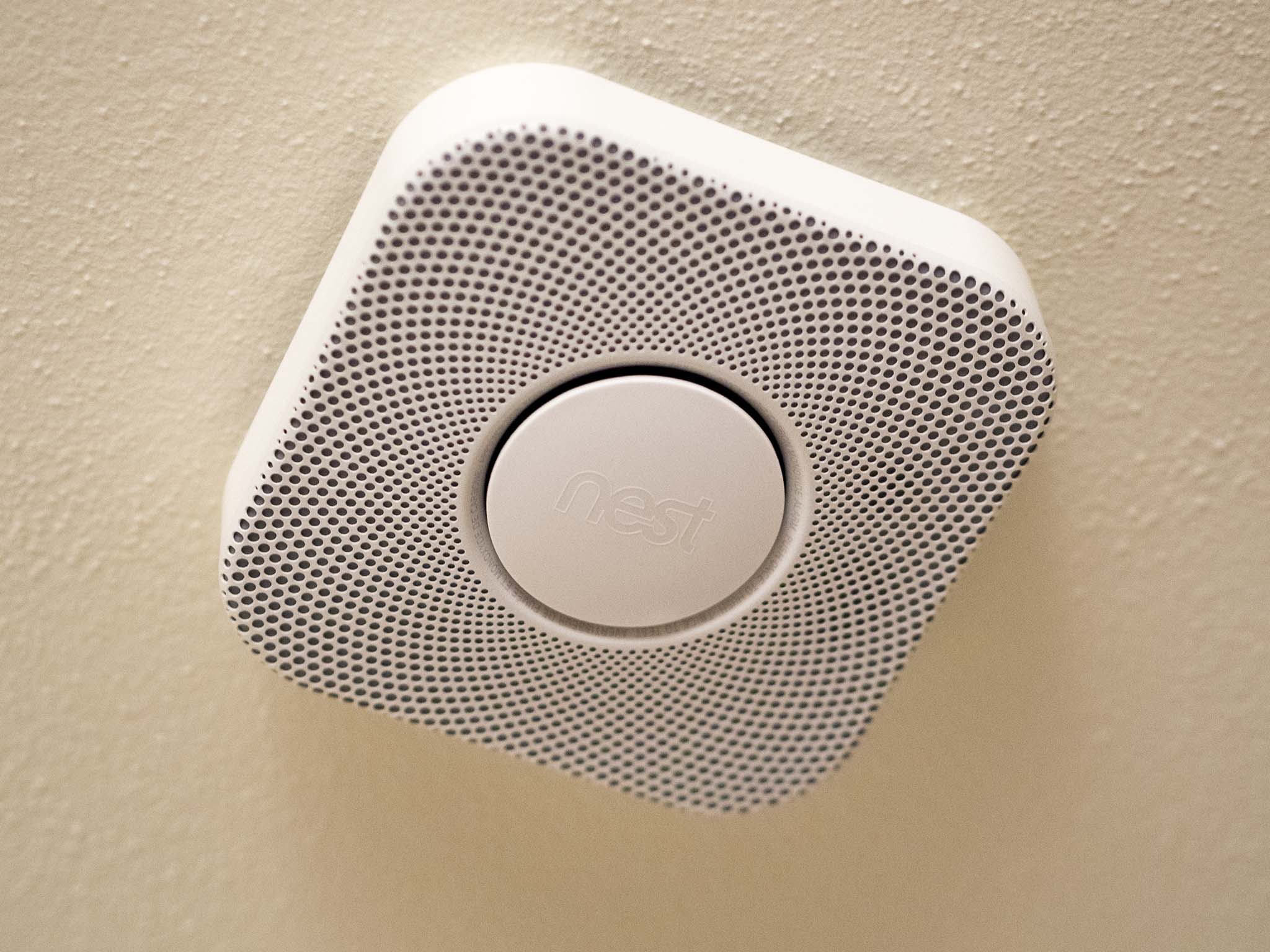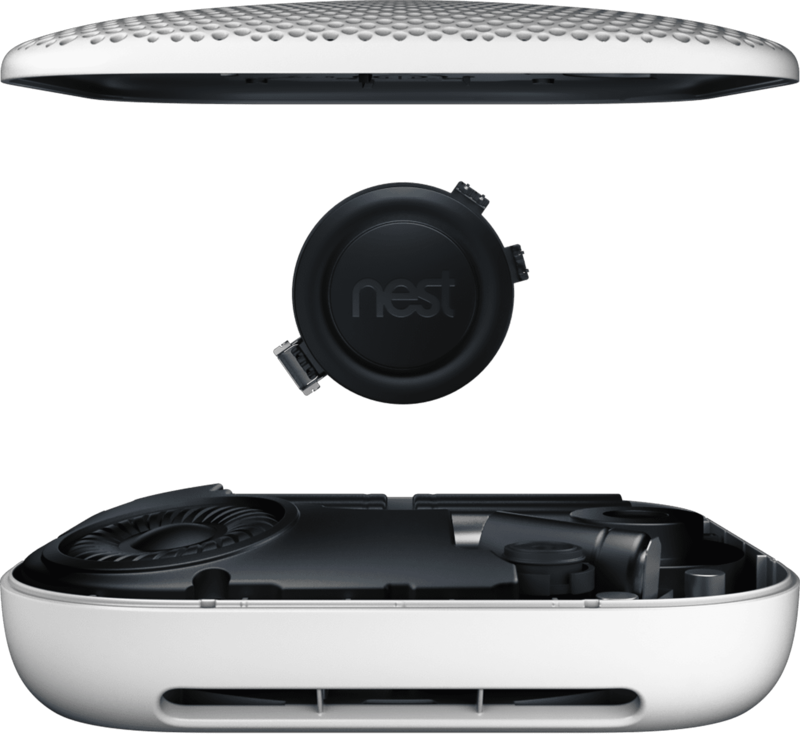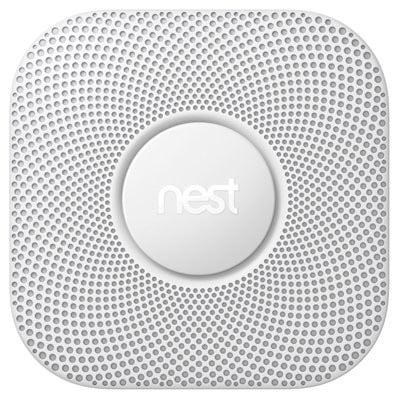Is the Nest Protect certified for my state or province?

Best answer: Different governing bodies have differing regulations for smoke and carbon monoxide protectors, and the Nest Protect is certified for the United States, Canada and Europe.
Amazon: Nest Protect Smoke & Carbon Monoxide Alarm, Battery ($129)
What does it mean for Nest Protect to be certified?

At its most basic level, being certified means the Nest Protect will actually work as a smoke detector. Different regions use different laboratories for testing: Underwriters Laboratories Inc. is the major testing body for the United States; the UL logo you see on most of your electronics comes from their testing, standards, and certifications. UL 2034 — one of the standards that Nest Protect complies with — is the Underwriters Laboratories Inc. standard that regulates how carbon monoxide alarms are built and how they operate.
The advantage to making sure a product has been certified by these governing bodies is that it lets the consumer (that's you!) know that the device is safe to put in your home, and that it will do its job should the need arise. A smoke detector that doesn't detect smoke is bad news, and you don't want to find out the hard way that is doesn't work.
Is Nest Protect certified for my state or province?
According to Nest, the Nest Protect complies with safety standards set by the following organizations:
- Underwriters Laboratories Inc.
- California State Fire Marshal
- Canadian Standards Association
- UL International (UK)
What that means is it's been proven to be safe to put in your home. It'll work properly as a smoke and carbon monoxide detector, meaning you can have peace of mind that your home is safe.
Be an expert in 5 minutes
Get the latest news from Android Central, your trusted companion in the world of Android
How many Nest Protects do you need, and where should they go?
A smoke and carbon monoxide detector only has so much range, so it's important to have enough for your home. Generally, one per floor (including the basement) should suffice, unless sleeping areas are separated by a living room or other common area. There's no such thing as having too many smoke detectors, but you don't want to spend extra money if you don't have to.
Nest Protects and other smoke and carbon monoxide detectors should be placed in hallways or common areas, such as living rooms, kitchens and dining rooms.

Keep your home safe.
The Nest Protect is certified to work in the United States, Canada and Europe. This battery-powered smoke and carbon monoxide detector will last about five years before you need new batteries, so you don't need to mess with your home's electrical system.

